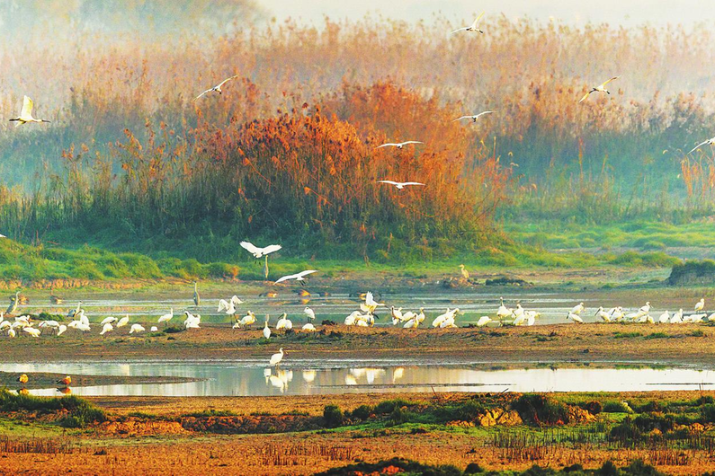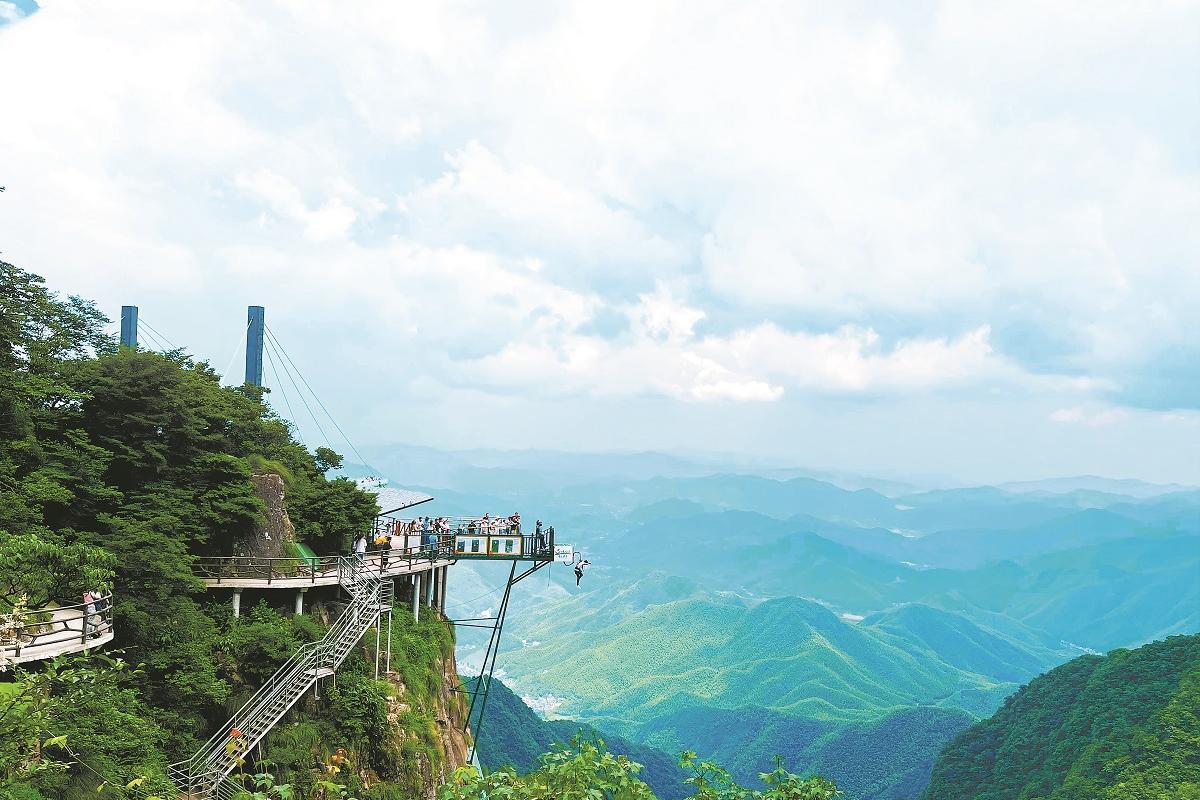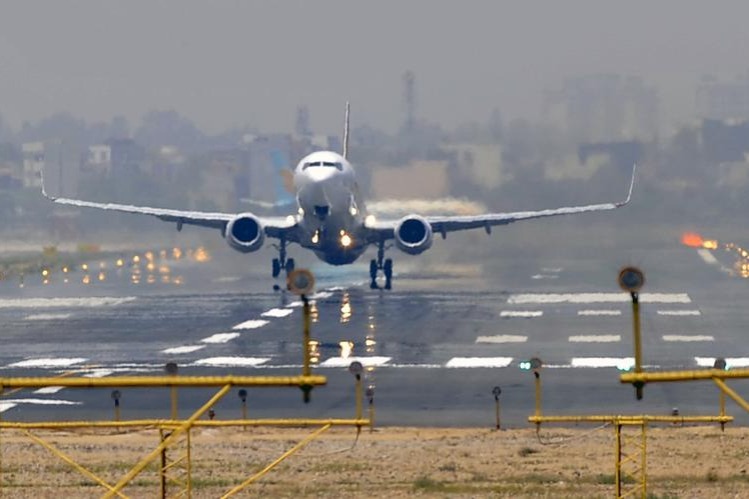A country merging tradition with progress

Visiting African journalist finds ancient wonders and modern thinking in China
Ghanaians have a saying that goes: Ohoho aniwa soso nanso enhu hwee Ohoho.
Loosely translated, it means that even though the eyes of a stranger are big, they cannot see everything.
| Traditional attire worn by the Bai ethnic group in Yunnan province. Paul Ntambara / For China Daily |
I came to realize its wisdom during my first few days in Beijing.
It can be an intimidating place. With a history of over 3,000 years as a city and over 850 as a capital, its streets are steeped in tradition, and "Beijingers" are always eager and proud to share its illustrious story.
Throughout time, its splendid oriental culture has been carefully nurtured and some rich resources have been accumulated.
There is a museum for anything: railways, telecommunication, the police, agriculture, aviation, military, even a men's museum.
In fact there are about 3,500 in China, 167 of which are in Beijing. The latest to open is dedicated to roast duck.
As a non-Chinese speaker, the first challenge I faced was simply finding my way around.
I could not even ask for directions. I had two eyes - actually four if you factor in my spectacles - but getting lost in this city of over 20 million people is about the easiest thing I have ever done.
Having lived in some major European capitals, however, I was confident it would be just a matter of time before I conquered this city, and what a revelation it has been.
From the hutong in Nongluxia and Wangfujing areas, to old Beijing in Qiamen serving its famous Peking Duck, to the major tourist treasures of the Forbidden City, Tiananmen Square, the Great Wall and Lama Temple - every day delivered a new experience.

Beijing is teeming with tourists, and at times it seems like a city that's on constant holiday.
But I was surprised to learn that the biggest percentage of tourists in China are domestic.
Tourism alone contributed over $400 billion to the national coffers in 2013, according to figures from the National Bureau of Statistics of China.
No matter what day of the week, the major spots are jammed with an endless stream of people wanting to witness and experience this huge country's rich history.
Line 1 on the Beijing subway is usually the busiest, and there is no reward for guessing why - it leads to the Tiananmen Square area, where you can also visit the wonderfully imposing National Museum, the Chairman Mao mausoleum, and the Forbidden City - which is of course, no longer forbidden.
The world's largest palace complex was home to 24 emperors from 1420 to 1911. It was forbidden to common people, hence its name.
It remains beautiful and well preserved. In fact, many of the magnificent structures built across ancient China are testament to the luxurious lifestyle its ancient royals enjoyed there.
The figures are staggering: its 800 individual structures are made out of wood, and the city has some 8,000 rooms. The site covers 720,000 square meters, and is surrounded by a 52-meter-wide moat and a 10-meter-high wall. It attracts more than 14 million visitors annually.
The scarcity of black people in Beijing, and in China as a whole, is glaring.
At the Forbidden City I was literally dragged into people's photos - many clearly could not let the opportunity pass, of taking a photo with a black man. It was exciting, and it was tiring.
I had gone to see the attractions of the Forbidden City but here I was as the attraction myself. I had the fleeting thought of charging a fee.
Later, a visit to the Badaling section of the Great Wall showed me one of mankind's astonishing accomplishments: the 8,800 km, stone-and-brick giant, started in 221 BC and completed hundred of years later, my guide told me, by workers using just basic tools.
Built by Emperor Qin Shihuang as a defense against the Huns and other warrior tribes from the north, today it is China's emblem to the rest of the world.
Seeing the Great Wall is like coming face-to-face with history. It is said that climbing it is one of the biggest accomplishments any Chinese can make during their lifetime.
I was curious to know from my Chinese friend why this was considered an important milestone.
The answer was in the words of the founder of modern China, Chairman Mao.
"If you have never been to the Great Wall, you are not a true man," he famously once said.
I saw senior citizens in their 70s and 80s climbing one step at a time, maybe just to fulfill their last requirement to be a true Chinese.
This is an experience you can never get through reading - you have to be there and live it.
But its building took a heavy toll on so many - hundreds of thousands are believed to have died during construction, and it is believed that their bodies were interred within.
Some who visit this ancient place clearly want to leave their mark.
Stones on the wall have been vandalised as visitors use the crudest of tools to carve their message or names.
The authorities have now established a graffiti zone where visitors are allowed to leave their mark.
Despite the ongoing wave of globalization that has negatively affected the indigenous heritage of many countries, China's pillars of culture still hold.
While MacDonald's, Subway, and Burger King may well appear on every street corner, at places such as Ritan Park, the elderly gather at dawn and later in the evening for tai chi, the traditional shadow boxing for fitness, alongside others who dance away to disco music.
Fast food may be the choice of some, but none comes close to traditional Chinese food.
Just like in the past, many restaurants are still draped with crimson lanterns, and serve a wonderful array of zhongguo cai (Chinese food). And, of course, it is strictly chopsticks only. I remember the blank look on the face of a waiter when a colleague asked for a fork.
Meanwhile, at the other end of this vast country, I came across a gray-brick courtyard house in the small town of Xiacun, within Guangzhou city, southern China, which also highlights a very different face of China for many foreign visitors.
While Bruce Lee is renowned the world over as a martial arts legend, back in his father's Chinese hometown, where many share the Lee name, his legacy remains, albeit low-key, nearly 75 years after his birth.
While Lee was born and raised in San Francisco, later forging his movie career in Hong Kong, his family originates from this small village of Shunde - one of several southern towns that were home to much of the Chinese diaspora that immigrated in the late 1800s and early 1900s.
Lee founded the mysterious and invincible Jeet Kune Do martial art, that endeared him to so many.
Thousands still come there to pay homage at this, his ancestral home. Every spot he stepped on, the place he slept, remain sacred.
Traveling outside of Beijing to some of China's poorer regions, like this, has broadened my understanding of this great country.
Its ethnic diversity brings out a rich cocktail of cultural experience for any visitor.
There are 56 ethnic groups in China. The difference in dress and food is further testament to its rich cultural roots.
The rapid expansion of infrastructure is on an epic scale. The poor are being brought out of high-risk areas, and poverty, and resettled in modern houses.
The government's insistence on environmental protection ensuring a safer, cleaner future, is admirable.
I also visited Ningxia Hui autonomous region in the northwest of the country, which typifies this modern progress, merging with traditional China.
The 231 wind turbines already built there, in a province with the third smallest GDP in China, are towering examples of efforts to produce clean energy in an environmentally friendly manner.
My interaction with rural people from Ningxia, Guizhou and Yunnan provinces, taught me they are no different from those in Beijing, or Kigali, the capital of my own country, Rwanda.
Like everyone else, they have hopes, fears and dreams, and of course, want to lead a decent life.
Urban folk are largely aloof and engrossed in the battle to meet the demands of modern living - but country people can afford a minute or more to share their experiences about life.
On my visit to Ningxia, I visited Yaoshan Primary School in Tongxin County.
The school has about 130 pupils from grades 1-6, and many typically walk about 3 km daily, just to get to there.
I wonder whether the hot meal they are offered is a major incentive to come.
The pupils were excited and friendly; I asked one boy what he wanted to be when he grew up: he took his time before answering, despite being egged on by his colleagues to give a quick answer.
"A Jingcha (policeman)," he said before running off.
Many of these pupils, I am told, will inevitably move into big cities like Beijing.
I hope that boy, who will probably be a "Jingcha", will be there to enforce that rule in future.
His name is Ma Bin - so keep a look out for him.
The author is a journalist at the New Times Publications, Rwanda.
For China Daily
(China Daily Africa Weekly 09/12/2014 page26)
Today's Top News
- HK's Jimmy Lai convicted in national security case
- China announces countermeasures against former Japanese senior official
- Australia set to further tighten gun control laws
- HKSAR security chief on conviction of Jimmy Lai
- Jimmy Lai's verdict sends clear messages
- Japanese scholar condemns Japan's risky defense spending































